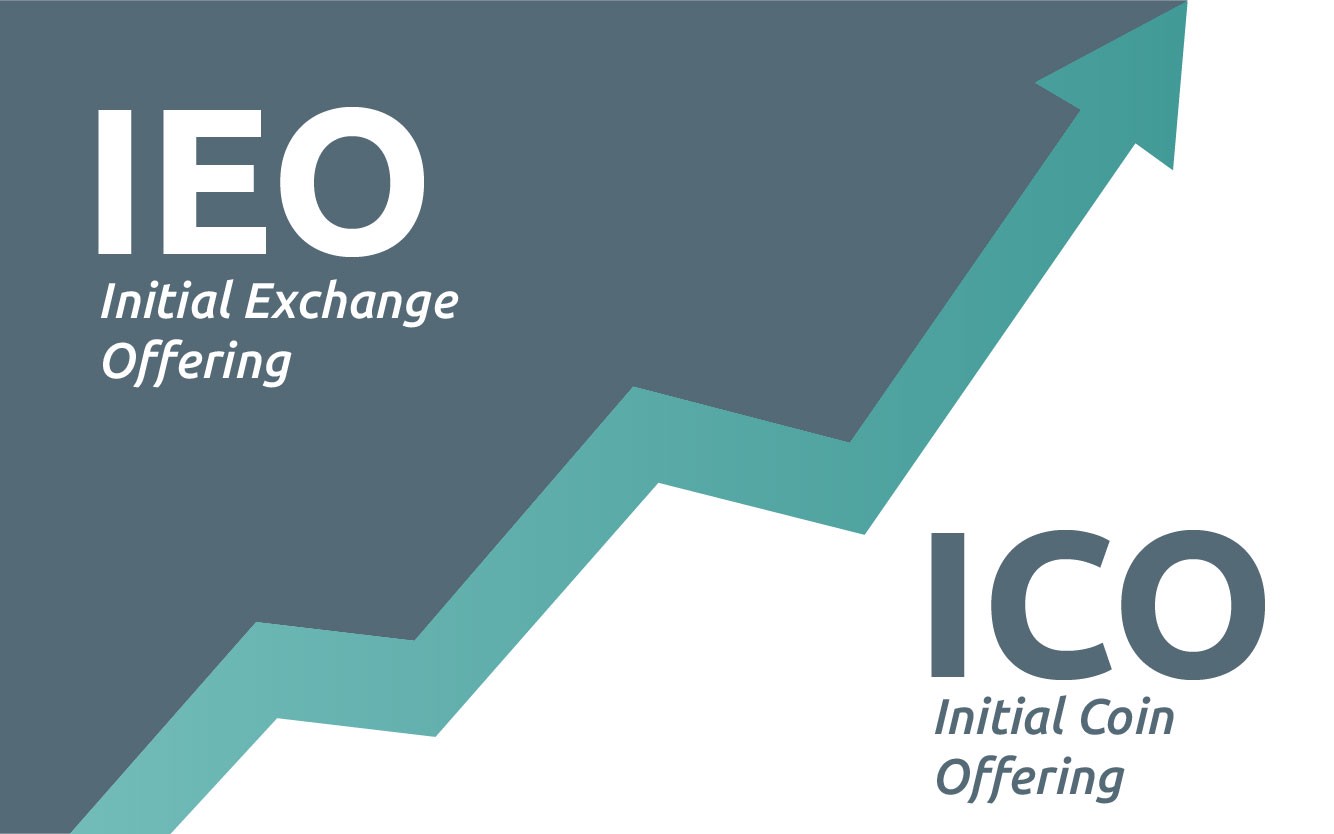Initial Exchange Offering (IEO)?
Initial Exchange Offerings

The primary medium of fund raising for blockchain projects has been the Initial Coin Offering (ICO). Since the first Initial Coin Offering in 2013 by Mastercoin, there have been hundreds of ICOs. At its core, an ICO revolves around a developer collecting contributions denominated in Ether (or some other cryptocurrency), and issuing a newly minted token. Whether or not there is a Smart Contract governing the ICO, the effective counter-party faced by each contributor is the developer himself.
An Initial Exchange Offering (IEO) relies on having an exchange (or set of exchanges) function
as the counter-party. Developers mint the project’s tokens and send them to the exchange, which
will then sell the tokens to individual contributors for Ether. Subject to the agreement between
the developers and the exchange, conditions traditionally found in an ICO can be emplaced in an
IEO. These conditions include capping the contribution per individual and having a fixed price
per token.
From the perspective of a contributor, instead of sending Ether to a Smart Contract governing
the ICO, each IEO participant has to create an account with the exchange and send ETH to this
account. When the IEO commences, the participant can purchase the token directly from the
exchange.
Why do an IEO over an ICO?
Given that there have been so many ICOs, why should a team seek to conduct their fund raising differently? There are several advantages afforded by conducting an IEO, including:
- Tapping on the existing user base of the exchange to obtain contributions for the IEO.
- Preventing a “Gas War” between sale participants, assuming the exchange is not decentralised (till date there have been no IEOs conducted on decentralised exchanges).
- Making it significantly more difficult to scam contributors who know that they can only purchase the token from the exchange.
- Functioning as a vote of confidence from the exchange and sponsor, which has to conduct its own due diligence on the developer’s project.
- Listing on the exchange where the IEO has been carried out is a natural next step.
How to participate in an IEO?
Generally, the steps to participate in an IEO begin with checking if the project you are intending to crowdfund is indeed conducting an IEO. After which, you should:
- Find out which exchanges are hosting the IEO. There can be more than one participating exchange.
- Sign up for an account on the exchange by passing their whitelisting and Know Your Customer (KYC) procedures.
- Check what cryptocurrencies will be accepted during the IEO and fund your account appropriately.
- Wait for the start of the IEO to purchase your tokens!
How does the exchange benefit?
Running an exchange has been a profitable endeavour from trading fees alone, but incumbents are faced with increasing competition for users and their trade flows. The following are some of the benefits accrued to an exchange which facilitates IEOs:
- IEO or listing fees. This can vary quite significantly between exchanges.
- Influx of new users and their deposits. Some of these new users may eventually become loyal users of the exchange. I expect several exchanges to attempt carving out a niche by running IEOs.
- Joint marketing with the IEO team.